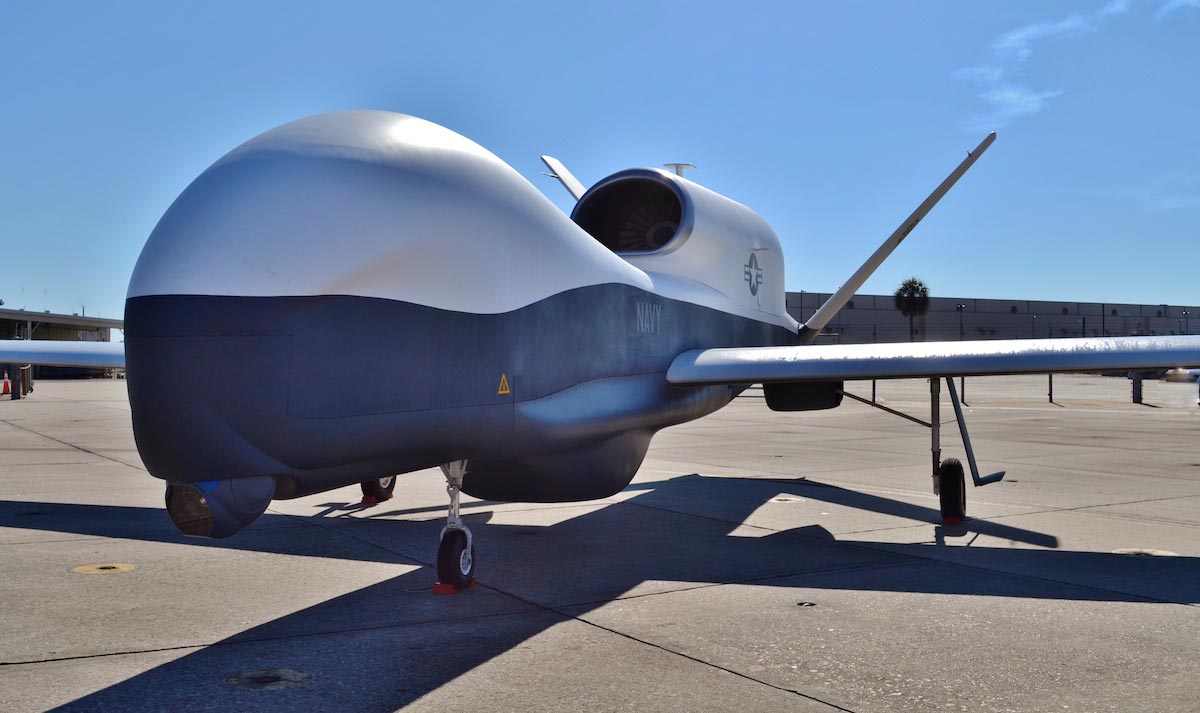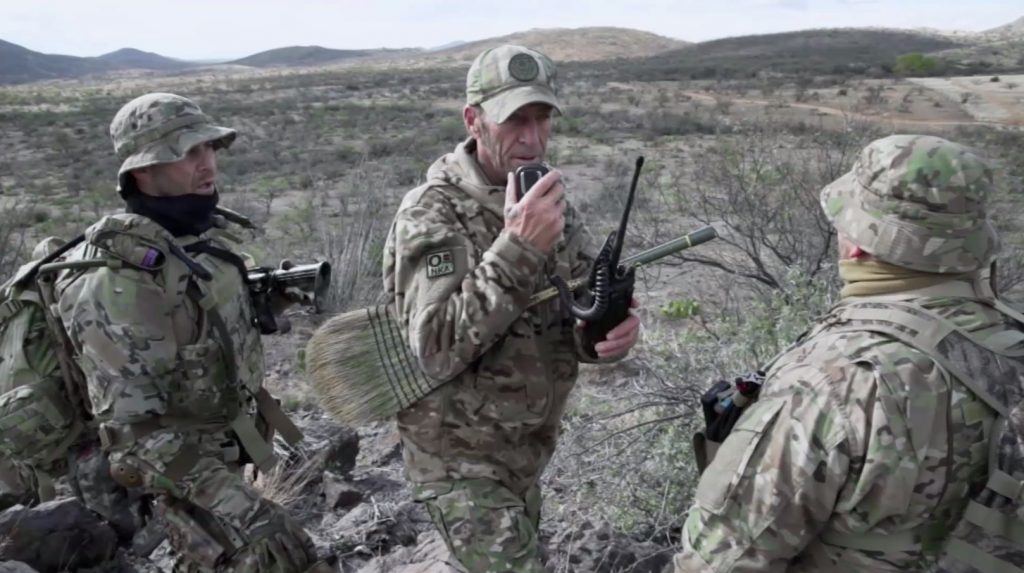The coming age of assassin kamikaze drones
08/28/2015 / By Greg White

It’s a bird, it’s a plane, it’s a… kamikaze drone! In 2008, the air force research laboratory set out to create a machine that could kill two birds with one drone. The kamikaze drone would be programmed to identify and kill a person, self-destructing on impact. Although these killing machines sound like creatures of fiction, the age of the kamikaze drone is quickly coming upon us.(1)
The project that set out to create the kamikaze drone was dubbed “Anubis,” which is fittingly named after the dog-headed Egyptian god of death. That’s right: Anubis is programmed to determine who should live and who should die. The military has remained silent in regard to what happened to Project Anubis. However, military budget documents note that the air force successfully developed “a Micro-Air Vehicle (MAV) with innovative seeker/tracking sensor algorithms that can engage maneuvering high-value targets.”(1)
Kamikaze drones sidestep problems of larger drones
The MAV was designed cut through several problems facing larger drones. Larger drones carry the risk of assassinating the wrong targets. In 2002, for instance, a large drone launched a Hellfire missile at an individual in Afghanistan believed to be Osama bin Laden. In actuality, the man was an innocent Afghan peasant whose height was close to that of bin Laden. In contrast, a kamikaze drone would have a video attached to it, which would verify the identity of the target prior to striking.(1)
In addition, Hellfire missiles are not as efficient at decimating targets that have the capacity to dodge or take cover. A kamikaze drone would be light by comparison and be better able to track down fleeing targets. The electric motor attached to a kamikaze drown would be relatively quiet, which would allow it to creep up on unsuspecting targets.(1)
Support our mission and enhance your own self-reliance: The laboratory-verified Organic Emergency Survival Bucket provides certified organic, high-nutrition storable food for emergency preparedness. Completely free of corn syrup, MSG, GMOs and other food toxins. Ultra-clean solution for years of food security. Learn more at the Health Ranger Store.
And unlike Hellfire missiles, a kamikaze drone would only decimate itself and the desired target. The collateral damage would be minuscule in comparison to collateral damage caused by Hellfire missiles.
The U.S. Air Force has remained suspiciously quiet in regards to Project Anubis. WIRED reports that an Air Force R&D budget describes Project Anubis as “a development that has already been carried out.” According to the report, an estimated $1.75 million had been spent on the project, which is a drop in the bucket by military budget standards. Nevertheless, the current state of Project Anibus remains a mystery. Some suspect that the project may have been terminated, whereas others believe that the project may be under the control of the Air Force Special Operations Command.(1)
Kamikaze drones on the rise
Despite project Anubis’s unknown whereabouts, U.S. Marines have developed a small, unmanned aircraft known as Switchblade. The five-pound drone is small enough to be carried in a backpack and carries an explosive with the same charge of a grenade. According to the creators of switchblade, the kamikaze drone can travel at top speeds of 63 to 98 miles per hour.(2)
Kamikaze drones aren’t bound to the United States, however. Iran announced late last year that it deployed its first unmanned aerial vehicle designed to crash into targets. Israel too has developed its own kamikaze drone, known as the K1 unmanned aerial vehicle (UAV). A prototype of the K1 had a successful operational test at a military experimental field. The relative simplicity of kamikaze drones has made it economically feasible for other countries to develop their own self-destructing weapons.(3, 4)
In moments of extreme distress, the typical human instinct is fight or flight. Kamikaze drones meld these two conflicting instincts, making flying a form of fighting.
Sources include:
(1) WIRED.com
(2) DefenseTech.org
(4) YNetNews.com
Tagged Under: assassination, kamikaze drones, military technology




















